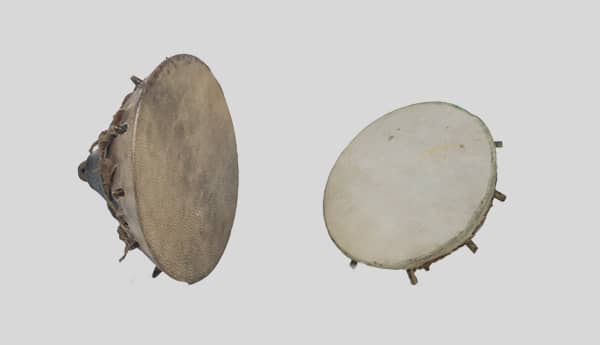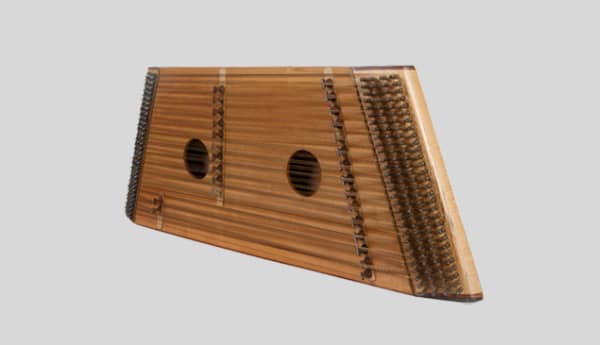
Bağlama
Mızraplı - Ditmeli Instruments
A stringed instrument identified with Turkish folk music, which can be traced back to the kopuz in Turkish music.
Mızraplı - Ditmeli Instruments
A stringed instrument identified with Turkish folk music, which can be traced back to the kopuz in Turkish music.
Percussion Instruments
The nevbe is a nakkare -a small kettledrum used in mehter (the Ottoman military band) music- with a single bowl and is also known as the ‘Rifâi kudümü’. Nevbe, which is usually called by its own name in Sufi music, also signifies a rite in which rhythm instruments like the halîle, the bendir, daire and the kudüm are played.
Open-Stringed Instruments
An open-stringed instrument popular across Asia and Europe, which is played by beating the strings with zahme. Its origins go back to ‘the çetingen (yatugan)’ instrument, commonly seen in Central Asia. The most advanced types are used in Hungarian or Romanian Gypsy music.


